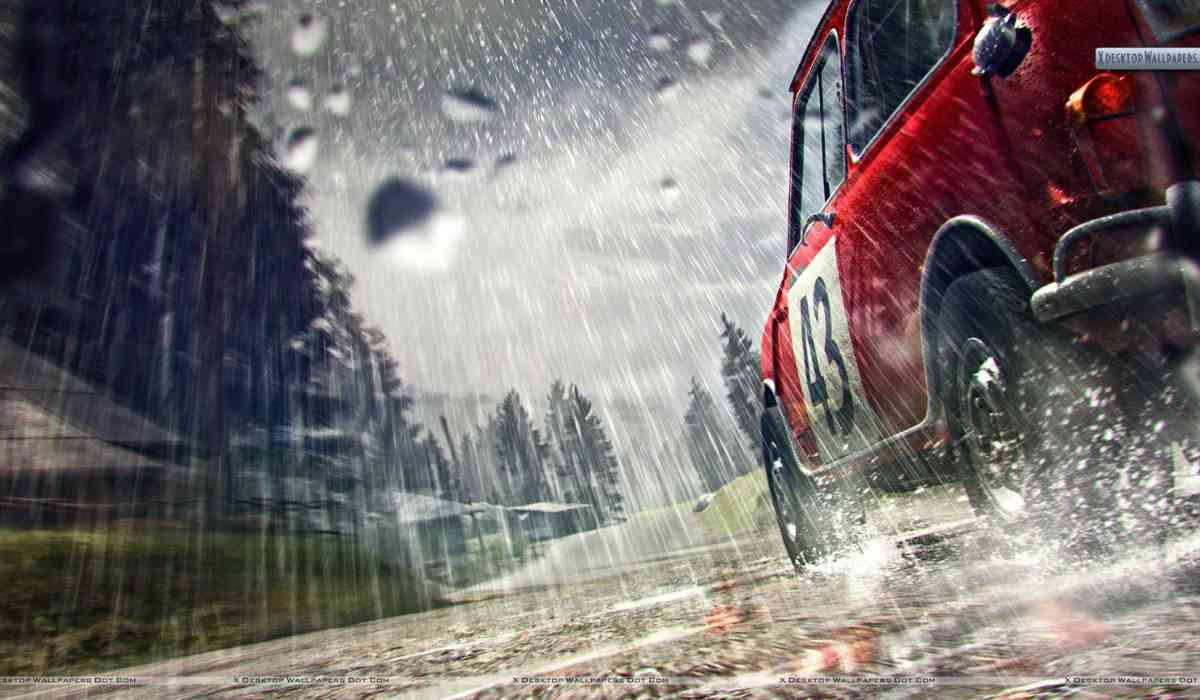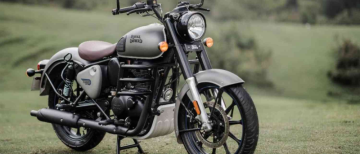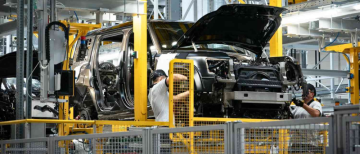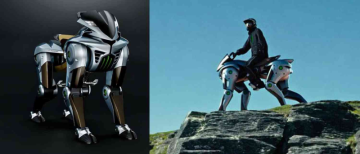It may look like turning on your wipers when it pours is a good enough measure to get through the monsoons. However, wet conditions can take a toll on your car if it is not cared for. Read on to know how you can protect yourself from the rain and slush.

Brand new cars need less care during monsoons as they are more or less perfect, they are still in the condition they were built in, and are capable of handling nature’s mood swings in the form of seasons. As for cars that are over two years old or more (depending on the condition of the car) you need to take extra care of your car through the monsoons to make sure neither the car nor you do not bear the brunt of it.
Here we recommend a few tips to those who insist on loving their cars this monsoon:
1. Touch up the Paint: Over the years rain can corrode the paint and metal on a car if there is exposed body metal due to dents or deep scratches. These will also hurt the resale value of the car. Care to have them touched up.
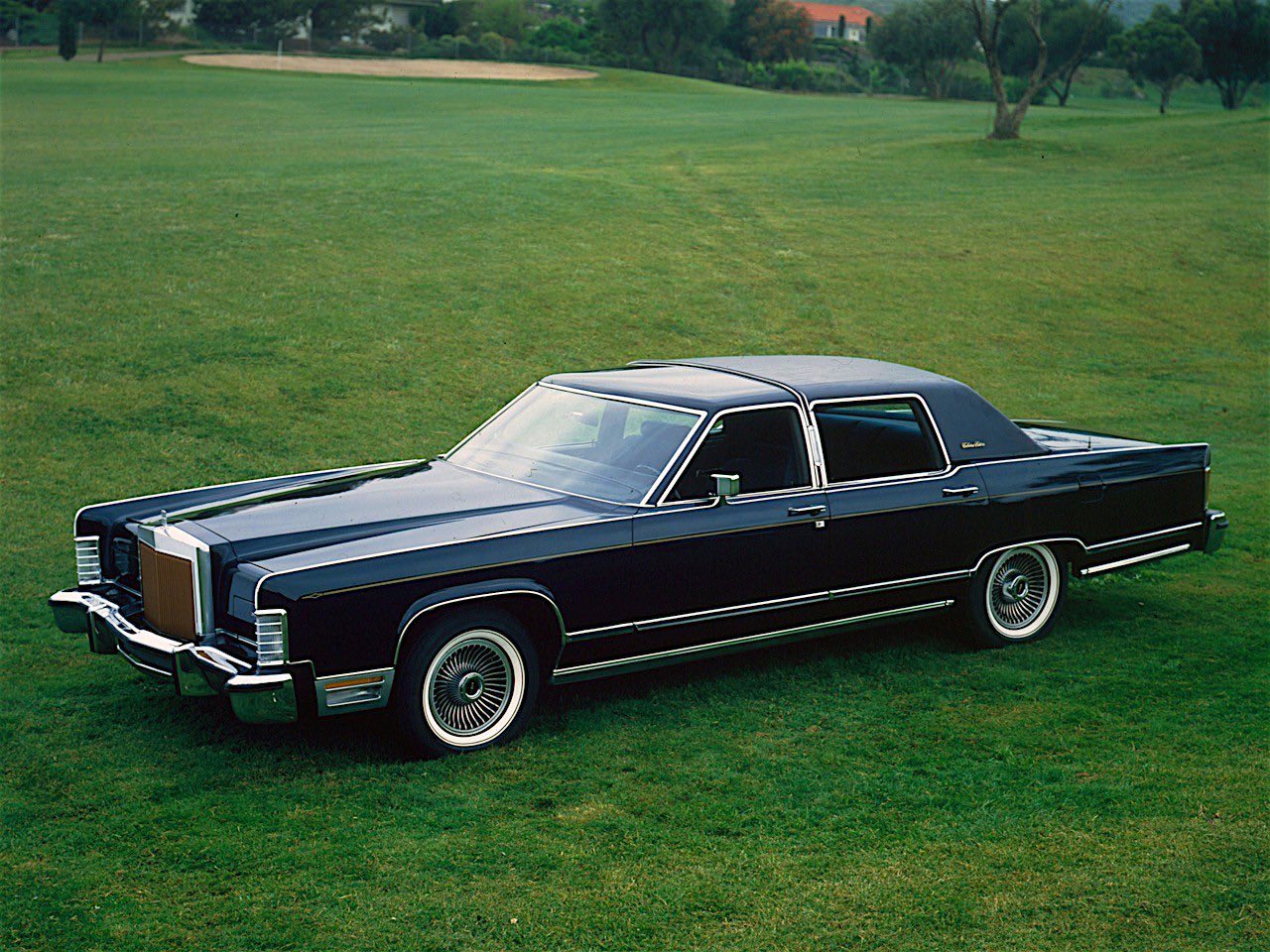
2. Replace the wiper blades: The wiper blades tend to wear out over time. When the wipers start slipping on the windscreen it's time to replace the wiper blades as they will cut the windscreen and leave marks on it.
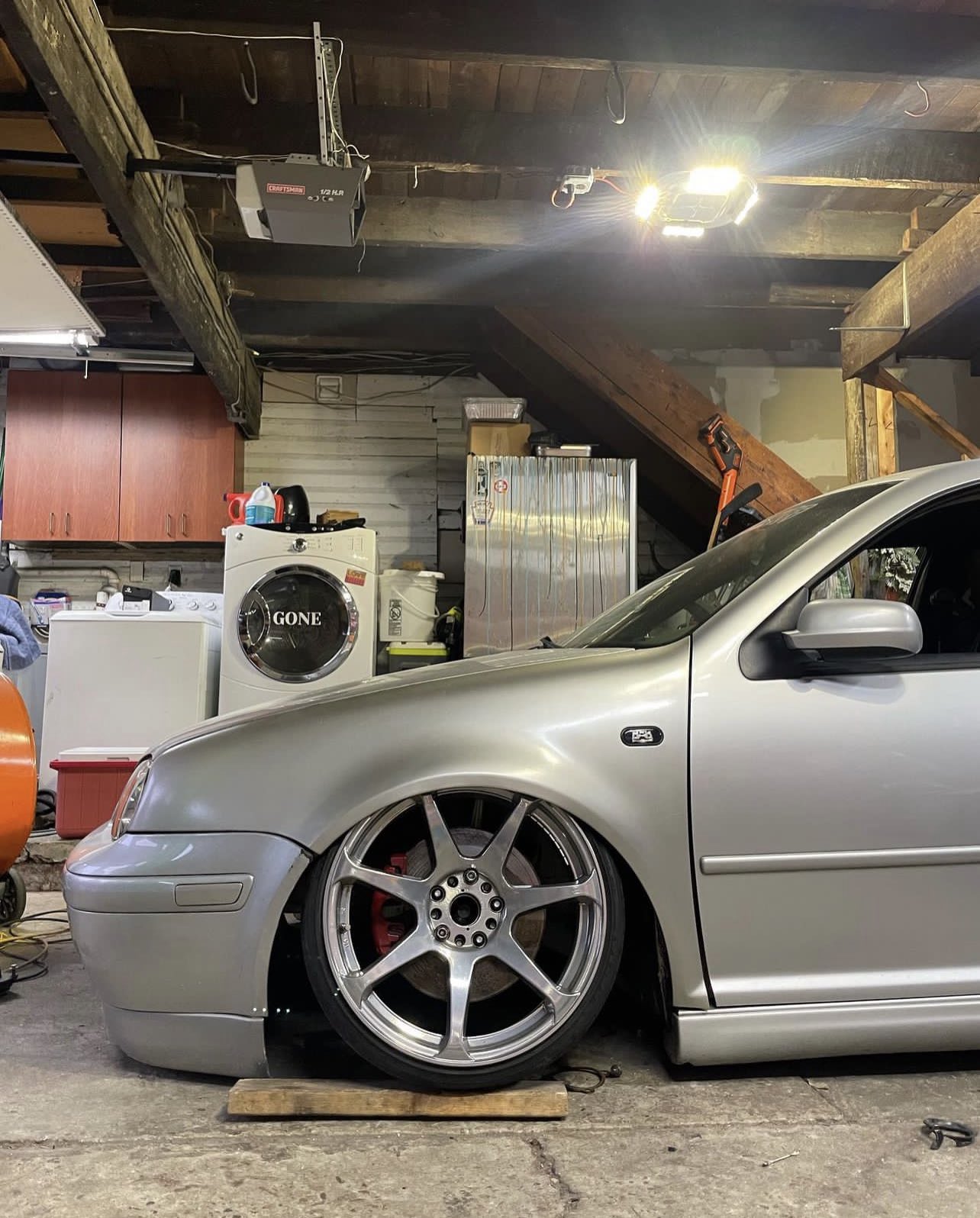
3. Ensure you are not running on Bald tyres: Make sure that the tyres are not bald and the tread on them should not be faded because in the rain the water makes roads slippery and the tyres find it harder to find grip. When the tyres are new or have a reasonable grip they will bring the car to a safe halt under hard braking in rain.
4. Check the rubber lining on doors: If the rubber lining on the doors is coming loose or is out of shape it's time to get them replaced. As water can and at some stage will start seeping in when it rains. Water can also pour into the foot wells of the car if it is driven through stagnant water on the road.

5. Driving through stagnant water in the rain is an art, learn it: In case you have to drive through stagnant water on the road do not panic. Put the car in first gear, and gently accelerate the car forward. Do not drive fast. Maintain the same speed while crossing the water. In case you have to stop or slow down do not lift your foot off the accelerator pedal because water may rush into the tailpipe and flood the engine in which case the engine will die out and the car has to be taken to a workshop. Depress the clutch and do not lift off the accelerator, the car will slow down and come to a halt. Release the clutch to get the car moving again.
6. Rev the engine to drive excess water out: After driving out of stationary water rev the engine a bit to force water out of the exhaust if there is some. Pump the brakes to dry the brake shoes so that they become effective again.
7. The Headlights and Fog Lamps come in handy during heavy rains: In case it starts raining very heavily and you can’t see ahead, turn on the headlights and fog lamps. Continue driving forward at a cautious speed and look for the brake lights of cars in front of your car, judge the road speed according to them. Do not stop the car in the middle of the road as cars can come and hit your car from behind. If there is visibility, try to park your car off the road and keep all the lights on.
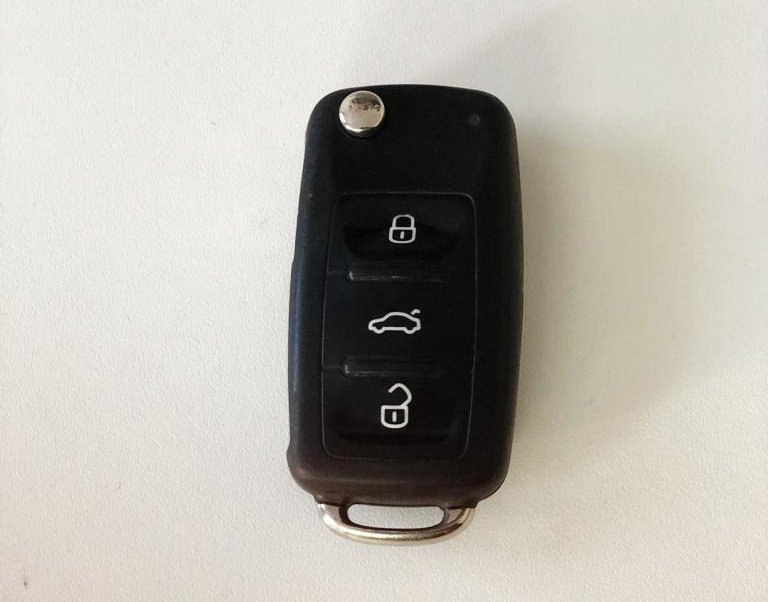
8. Refill your gas in the A/C compressor: Make sure the air conditioning in your car is working and refill the gas in the compressor if it is not cooling the car effectively. When it is raining always use the A/C and close all windows. Water will make the plastics on the doors age faster and the seats and carpets do not get wet. Also, water may go onto the power window switches in which case the windows may malfunction.
9. Wash off the mud on the car routinely: Driving in wet conditions causes the car to get muddy. Mud that gets onto the paint of the car should be washed off every day. Use a high-pressure hose to spray water onto the mud on the car and the wheel wells. Once the mud becomes loose a soft cloth along with running water can be used to gently remove the mud from the car. Take the car to a ramp once a week during monsoons to hose off the mud that accumulates in the underbody during monsoons.
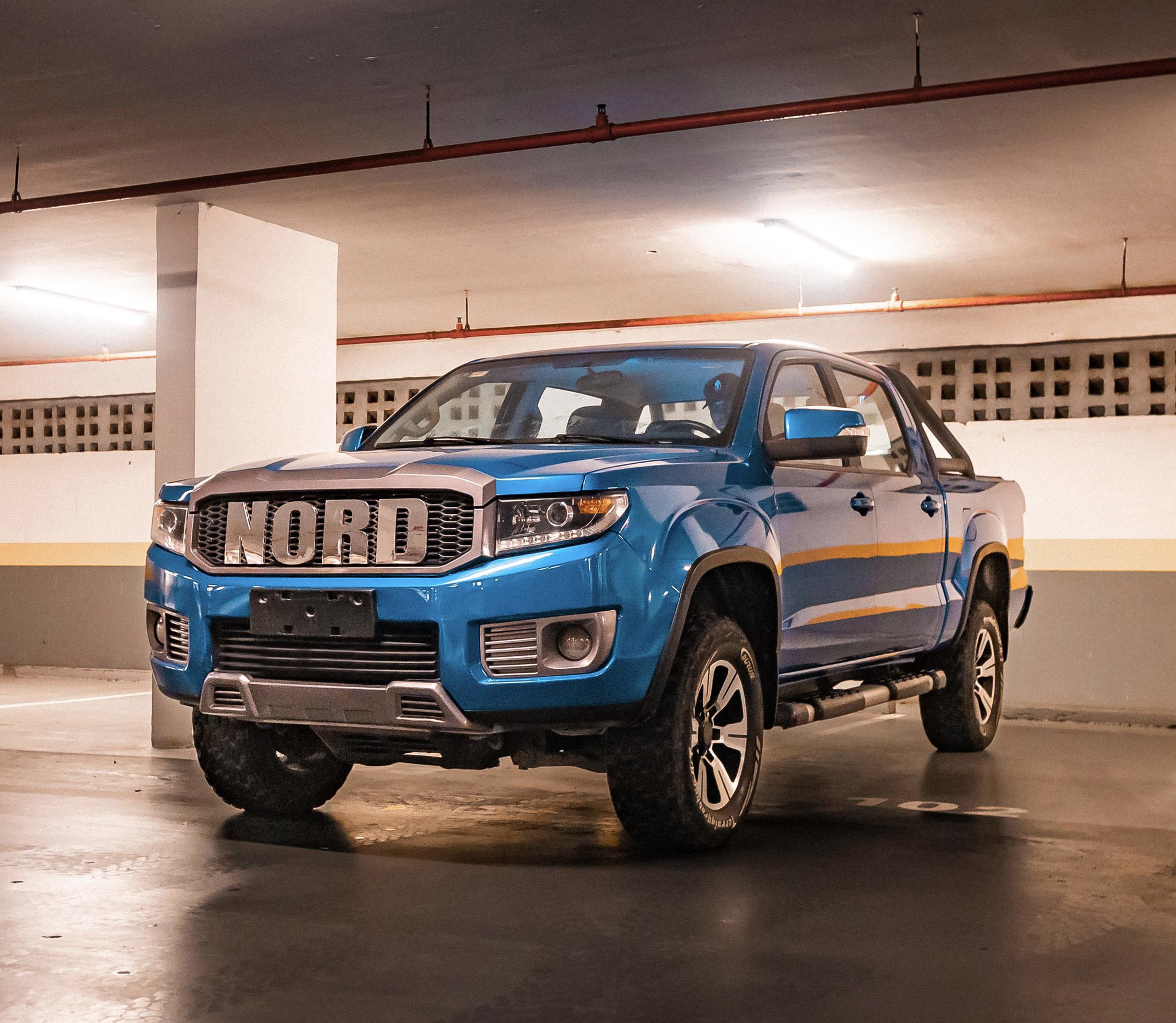
10. Clean the doorsills: Do not forget to clean the doorsills and wipe off the water as they may rust over prolonged periods of time if not dried.
11. Use rubber mats in cars during monsoons: A lot of mud, water and slush find its way into the car during monsoons, courtesy of your shoes. Cleaning mud and slush off the carpets or cloth mats is tricky, time-consuming and can get expensive if they tear. Rubber mats on the other hand can be taken out of the car, washed and dried easily.
12. Keep an umbrella in the car: If you get wet and sit in the car, the seats and upholstery will soak up water. Damp seats are very hard to dry and they will start making the car smell bad.

13. Wipe the interiors of the car every day to save from fungus: If the interiors of the car get wet make sure to dry them off as soon as possible otherwise the cabin will start smelling damp and fungus may grow in the carpets and seats.
14. Ensure the demisters work: If your car is equipped with heated windows check if the demisters are working properly. Defoggers will clear the mist from the windows quickly on a cold monsoon morning.
15. Slow down when it is raining: Braking is not as effective in the wet as it is when it is dry. The tyres may skid on the road while cornering at high speeds.

16. Check the indicators: Check that the headlights, taillights and indicators are working properly so that other drivers and pedestrians can see you under heavy rain.
Always remember taking preventive measures while taking care of your car will save you a lot of money in the long run. Drive safe.
Happy monsoons to you and your car!
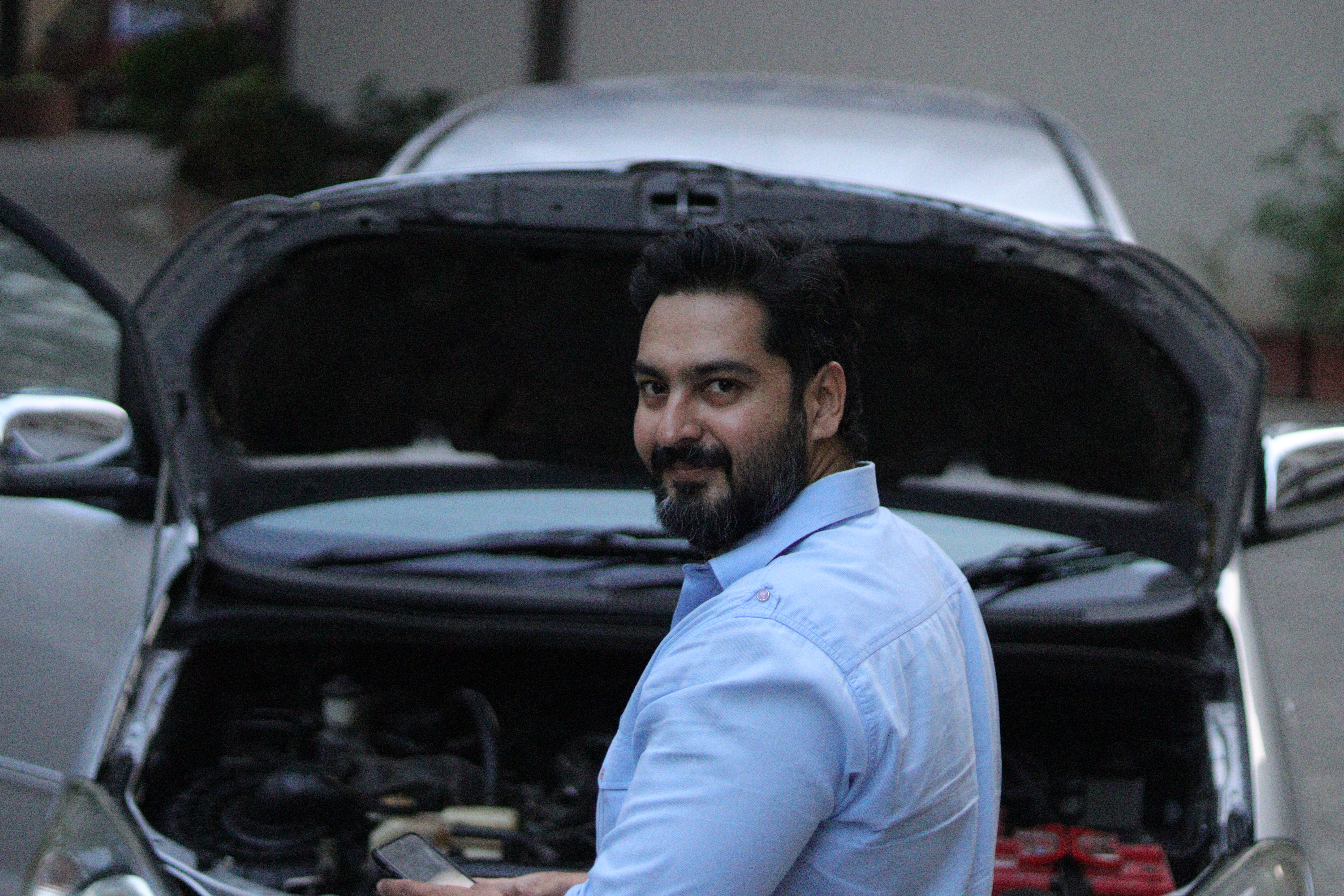
Mustafa Singaporewalla
(Founder - Cars Unlimited)
© Copyright 2023. All Rights Reserved Powered by Vygr Media.

